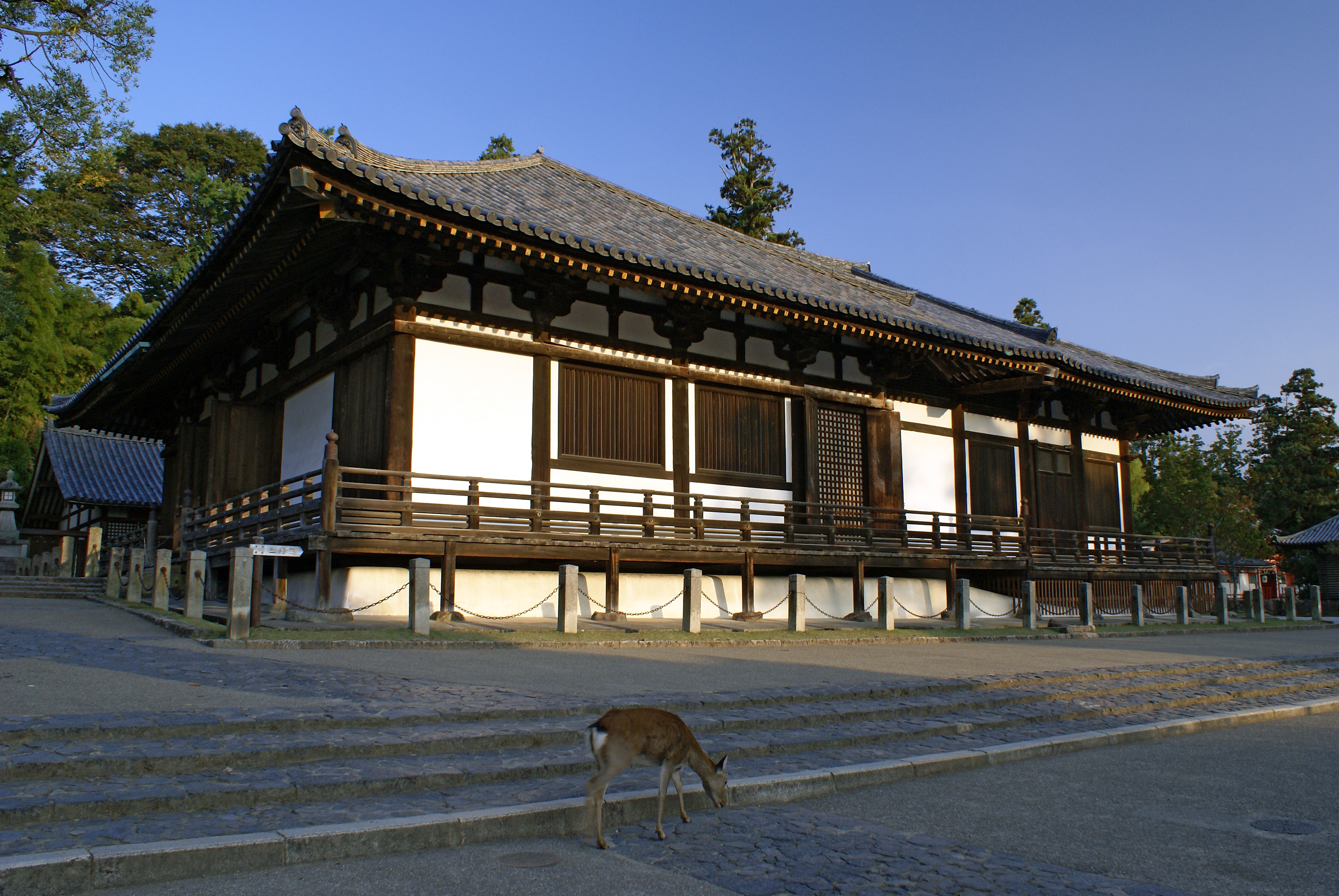

Hokke-do / Todaiji Temple
The “Hokke-do” of Todai-ji Temple is one of the Buddhist buildings constructed in the Nara period and is known as the oldest existing building in the Todai-ji precincts. This hall was once also called “Sangatsudo” and is one of the main buildings of Todaiji Temple. The name “Hokke-do” comes from the fact that the “Lotus Sutra,” an important Buddhist scripture, was the center of worship. Hokke-do was built at the time of Todaiji's foundation, around 752 during the Nara period. The building has retained much of its original appearance, and is a valuable part of the history of Buddhist architecture in Japan. Inside, many masterpieces of Buddhist sculpture are enshrined. The most famous is the central statue of Kannon (Amoghapasa), which is a rare eight-armed Kannon Bosatsu (Bodhisattva). In addition, many other statues of Buddha are enshrined on both sides, including the Four Heavenly Kings and the Bodhisattvas Nikko and Gekko, each characterized by their detailed and majestic carvings. The architectural style of Hokke-do is strongly characteristic of Tenpyo-era wooden architecture, with a simple yet powerful design. The exterior of the building, with its gabled roof and thick pillars, has retained its dignity over the years. Along with the Buddhist statues inside the hall, these architectural elements are also highly valued as important cultural assets. Hokke-do was built with the deep faith of Emperor Shomu, the founder of Todaiji Temple, and his wife, Empress Komyo. Emperor Shomu was a man who promoted a policy of protecting the nation through the power of Buddhism, and Todaiji Temple as a whole is the embodiment of this philosophy. Among these, the Hokke-do was strongly characterized as a place for personal prayer, and after Emperor Shomu's death, it also became an important place to pray for his repose.